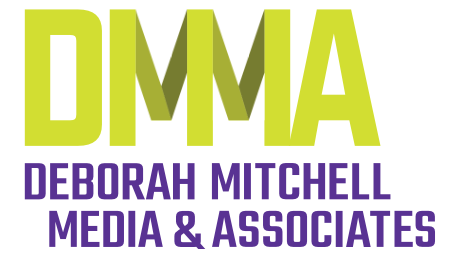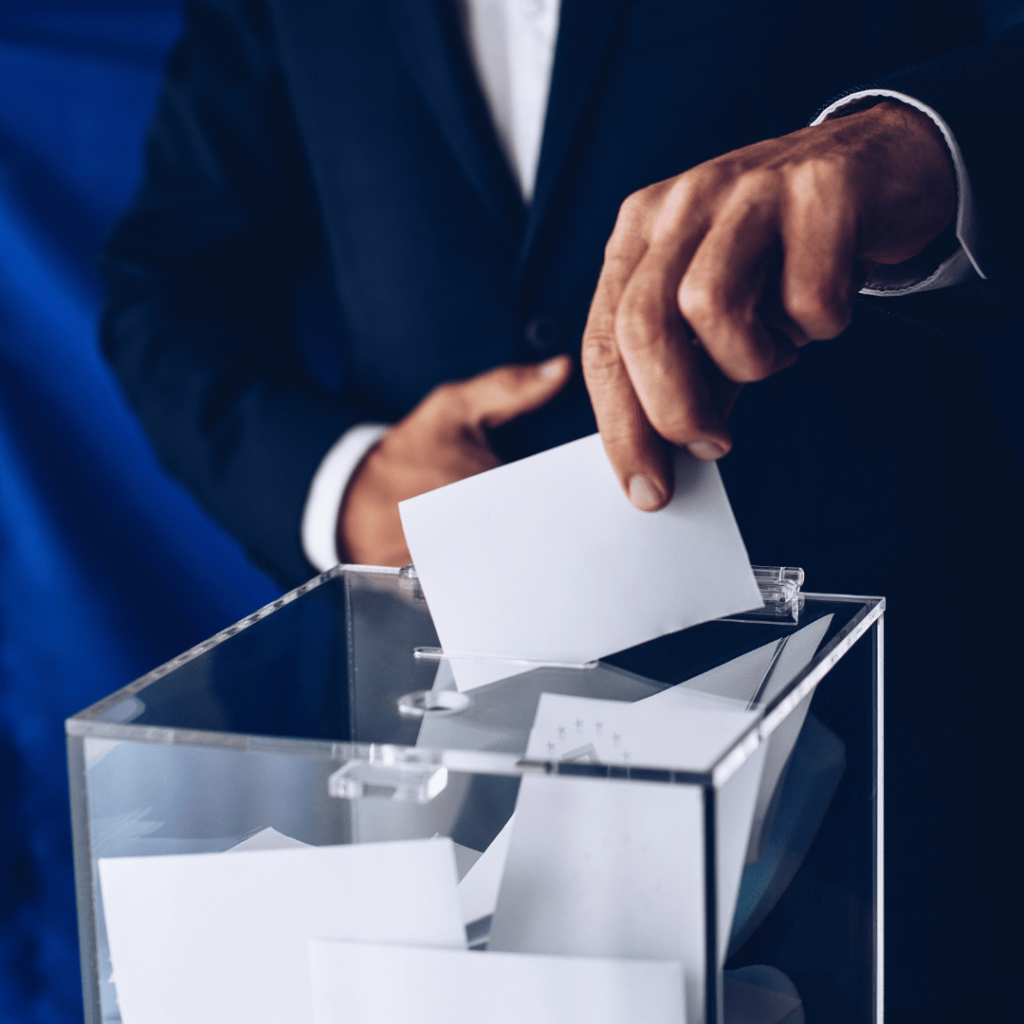Election Winner Announced : Folks are asking was it a simple mistake or something else?
Election night is one of the most anticipated events in the news cycle, with millions of viewers tuning in to see who will lead the nation. But this year, an unexpected twist had everyone in Pennsylvania asking, “Was that a simple mistake or something else?” Recently, my team member Jessica, who lives in Pennsylvania, shared the story with me after her husband found a video post online of the startling mistake.
Last week, during the Formula 1 Mexico Grand Prix race broadcast, ABC News made headlines after prematurely airing a ticker that ran for several minutes. The ticker showed Harris as the winner of Pennsylvania with “100% counted”—well before official results were finalized. For anyone watching, it was a shocking, confusing moment highlighting the challenges and pressures of live election coverage. With Pennsylvania as a critical state in this year’s election, the error did not pass quietly, causing many in the state to speculate about what will happen when the votes are finally counted. “People jumped to conclusions speculating a rigged system. I was more curious how easily a mistake like this could be made,” Jessica shared.
As someone who spent over a decade in network news, I understand just how intense the weeks leading up to election night can be. Reporters and producers are working at a breakneck pace, juggling complex data streams, sources, and on-the-spot decisions, all while knowing millions of people are counting on them. But when things go wrong, even a seemingly small error can have big consequences. So, was this a case of a harmless mix-up, or is there more to the story?
Inside the Pressure Cooker of Election Coverage
Election nights are high-pressure environments for news teams. There’s a constant push to get information out as quickly as possible to keep viewers informed. Newsrooms are filled with analysts, editors, producers, and anchors coordinating in real time. Every number that comes in is scrutinized, cross-checked, and debated.
The intensity and speed often lead to an environment where mistakes can happen. With so much riding on the results, the pressure to deliver immediately can sometimes come at the expense of accuracy. In this case, it’s easy to see how the error could have slipped through as part of a hectic production flow. But even if it was a simple mistake, it raises an important question about how media companies balance speed with the responsibility to report verified facts.
How Does a Mistake Like This Happen?
Mistakes in election coverage can stem from many things, including technical glitches, misinterpretation of data, or just plain human error. In this instance, ABC News might have been dealing with a preliminary test of the results display that accidentally made it to air. News networks frequently prepare templates and practice presenting potential outcomes, which can involve inputting mock data for testing purposes. Sometimes, these test graphics are so realistic that they could easily be mistaken for live results.
But seeing “100% counted” with a definitive outcome attached naturally led many to question: was this more than an oversight? Regardless of intent, it certainly speaks to the influence media has in shaping the public’s perception of election integrity.
Why It Matters to Wait for Verified Results
Early reports like this can be confusing and destabilizing for viewers, especially those deeply invested in the election. They create an environment of distrust, where people might feel that the results they see aren’t genuine or influenced by outside forces. When a respected news network like ABC News makes a mistake, it amplifies these feelings and raises doubts.
That’s why patience and accuracy are key on election night. Taking the time to verify and confirm results respects the democratic process and helps ensure that everyone’s voice is accurately represented. With such a fast-paced environment, viewers might need to accept a delay to get the truth.
The Role of Media in Maintaining Public Trust
Errors in election coverage aren’t just technical mishaps—they affect public trust. When people see conflicting information, especially about something as significant as a presidential race, it can create a wave of skepticism. Viewers look to news networks to provide accurate, reliable information, especially during pivotal moments.
As media consumers, we can all benefit from being more patient with election night coverage. Let’s recognize that errors happen, but waiting for verified data is better than rushing to conclusions based on early numbers. As I always remind myself and others, elections are a marathon, not a sprint.
The incident at ABC News reminds us of the importance of accuracy and responsibility in reporting. Mistakes, especially during live events, are inevitable, but they highlight the importance of holding off on judgments until all information is confirmed. Elections are crucial moments that define the direction of our country, and every vote deserves to be counted accurately.
As we navigate future elections, remember that speed isn’t everything. The best results are those that respect the integrity of the process and provide viewers with well-sourced, confirmed information. When we prioritize accuracy, we help maintain public trust—and that’s worth the wait.










